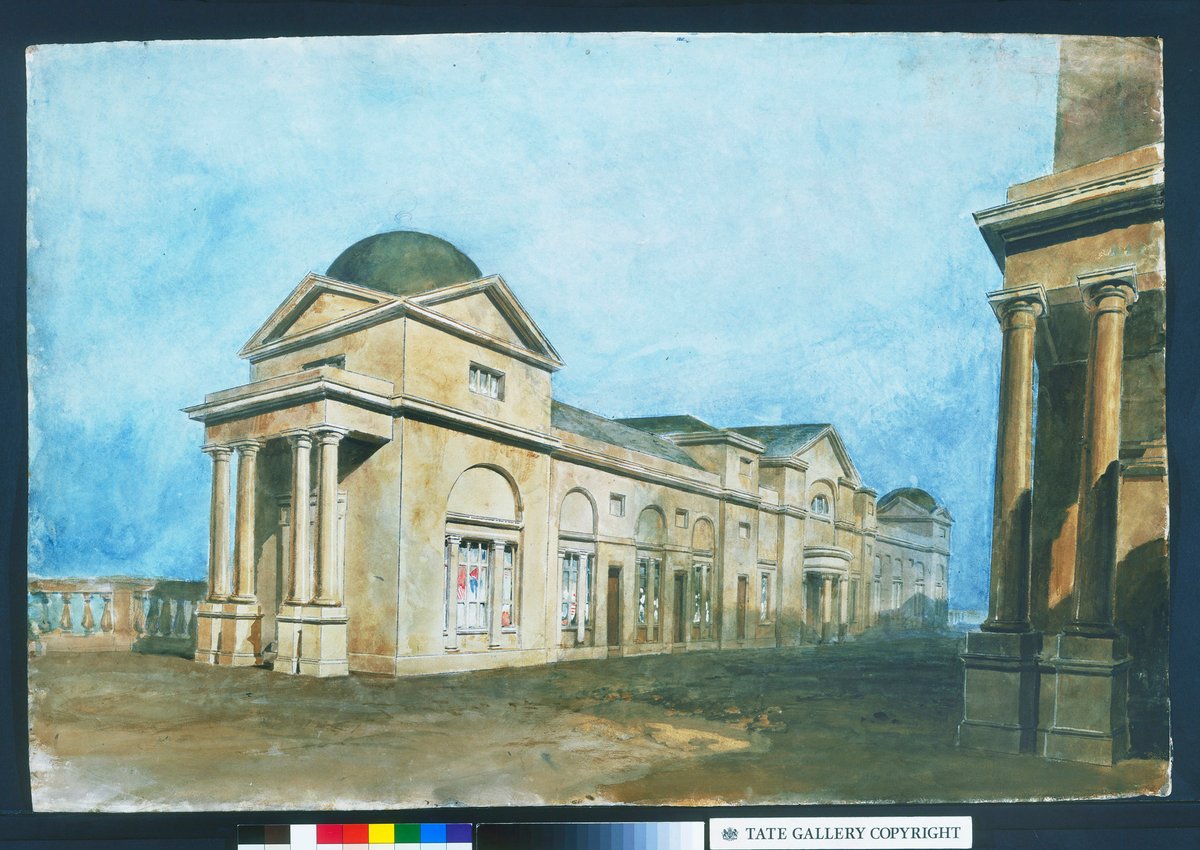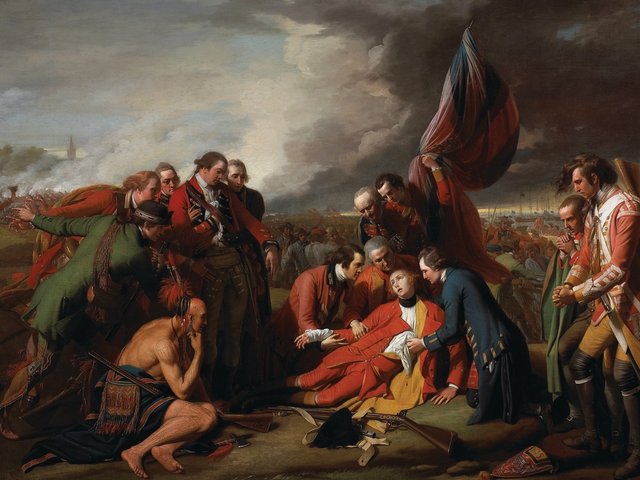The publishers’ blurb for this weighty tome, Young Mr Turner: the First Forty Years, 1775-1815, announces that it “supersedes much of the existing literature and will be the standard reference for many years to come”. This throws down the gauntlet to a number of books published since Turner’s death in 1851, notably the voluminous writings of Ruskin, the thoroughgoing Life by A.J. Finberg, two recent biographies by James Hamilton and Anthony Bailey, and a number of studies of the paintings, prints and watercolours including some important exhibitions.
It clearly sets out to be definitive, with this volume stretching to over 400 dense and plentifully illustrated pages, and a second volume to come. A multitude of details of the artist’s life and career as painter, printmaker and active Royal Academician are recounted with painstaking thoroughness, as are Turner’s progress as a very young Royal Academician and member of the academy’s council, his relations with his colleagues, his travels in England and Scotland, and in 1802 to France and Switzerland, as well as later journeys in England and Europe. We learn about the design of the boat that Turner used to take him on painting expeditions along the River Wey; his every head cold is duly noted; and we are given details of his transactions in consols and annuities as recorded at the Bank of England over the period from 1794 to 1815. No doubt these dealings will continue to be set down in volume two to cover the rest of his life. This kind of documentation is very valuable and will provide the groundwork for much future research and, no doubt, speculation.
Shanes describes the country villa Solus, later Sandycombe, Lodge that Turner designed and built for himself at Twickenham in 1812-13, and goes so far as to tell us that the windows of what (without any evidence) he calls his studio “face precisely 50 degrees from due north (in other words, they are aligned just five degrees south of an exact north-east bearing)”; although he makes no mention of the fact that the details of Turner’s entrance hall are closely paralleled by that of the architect John Soane’s London house in Lincoln’s Inn Fields. This has the effect of marginalising, if it doesn’t eliminate, Soane’s contribution to the lodge, which was crucial, and an index of the creative interplay between these two leading figures of the Regency art world. Soane, after all, had been elected a Royal Academician at the same time as Turner, so they were intimately related in the terms by which Turner himself conceived his “brothers in art” at the academy.
A more successful investigation is Shanes’s account of the large number of finished watercolours that resulted from Turner’s journey through the Alps in 1802 and were largely acquired by the artist’s new patron, Walter Fawkes of Farnley in Wharfedale. These vary considerably in size and mood, but have usually been assigned to a date shortly after the tour. Shanes gives a very plausible timetable for their production over a longish period in the following decades, which can be substantiated by analysis of the stylistic changes manifested in the works.
The narrative detail is often disconcertingly enlivened with invented anecdotes and embroidery. Early on, for example, Shanes outlines a little drama, entirely fictitious, featuring Turner and his young colleague and rival Thomas Girtin, to illustrate what we know of their relationship. A little later, he launches into an extraordinary exercise in exegesis concerning an odd landscape watercolour of 1796-97. He argues that its quirky depiction of Windsor Castle on a clifftop above the Avon Gorge is a hymn to “England at Peace” but worryingly invalidates his proposal by peremptorily “redating” the sheet (from around 1797) to 1793.
Giving an account of the death of Turner’s sister, Mary Anne, who died in 1783 when she was just under five years old, Shanes conjectures that she was the victim of atmospheric pollution from a volcanic eruption in Iceland: a hypothesis inspired, obviously, by events in our own time, but intriguingly plausible, although it can never be substantiated. This kind of speculation is stimulating but it would find a place more appropriately perhaps as a contribution to a specialist journal, rather than in a book so evidently striving to be a definitive record.
Although Shanes’s detailed research is often valuable and there is a wealth of useful new information here, much of the “appreciation” is tendentious; moreover it is wilfully selective as to recent developments offered by other specialists. Shanes is fond of using terms like “clearly” and “undoubtedly” that elevate his subjective judgements to the stature of incontrovertible facts, often undermining a plausible argument. Rather than the “definitive” account that is intended, the book proves to be a very personal, not to say quirky, addition to the literature.
• Andrew Wilton was the founding curator of the Turner Collection in the Clore Gallery, now part of Tate Britain, in 1987. He is currently the chairman of the Turner Society. His publications include Turner in the British Museum (catalogue of an exhibition of watercolours, 1975), The Life and Work of J.M.W. Turner (1979), Turner in his Time (1987; copiously illustrated new edition 2006), and numerous publications and exhibition catalogues
Young Mr Turner: the First
Forty Years, 1775-1815
Eric Shanes
Yale University Press in association with the Paul Mellon Centre for Studies in British Art, 552pp, £85 (hb)



